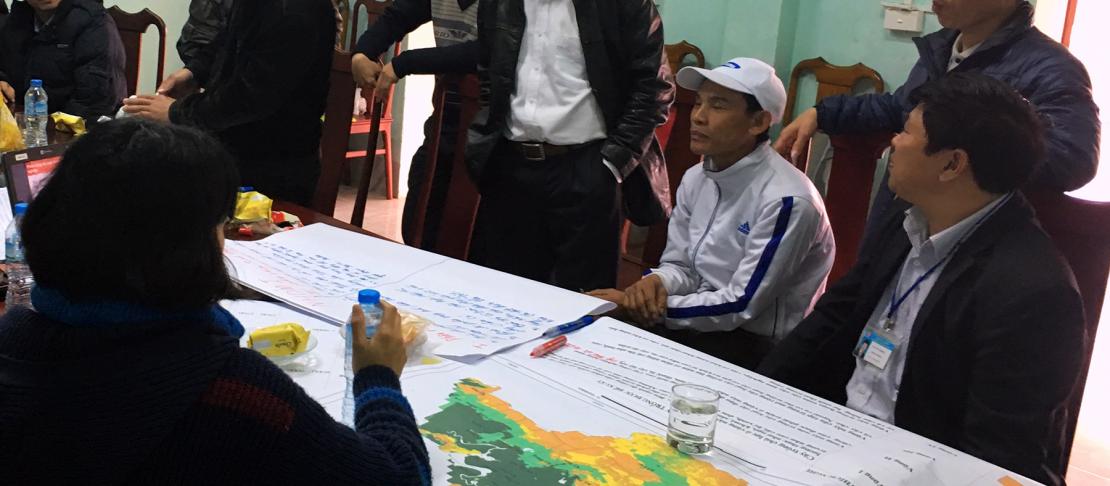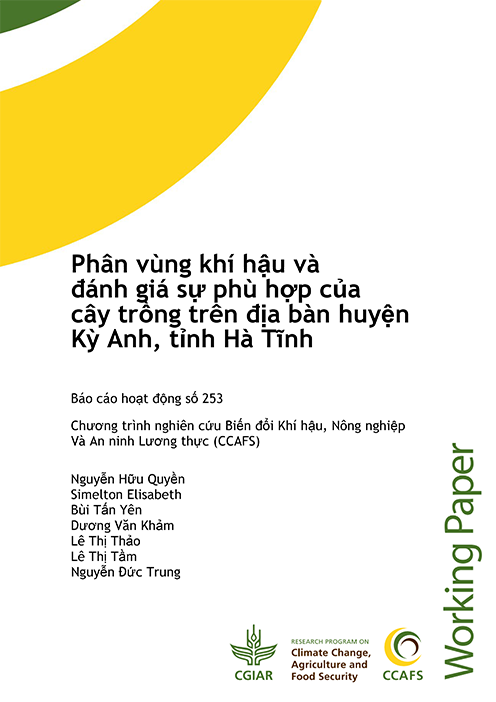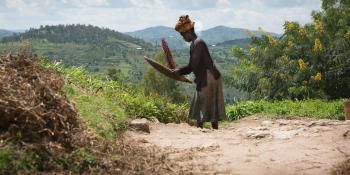How agro-climate zoning can enhance productivity and resilience in the farms

Climate zoning and suitability mapping at the local levels help decision makers design agricultural plans and agro-advisories.
Agro-advisories provided by local authorities are only based on the large-scale administrative boundaries and the provincial weather forecasts. These advisories are usually rendered irrelevant since they are not applicable to location-specific issues in the communities. This is the case in the districts of Ha Tinh Province in Vietnam, which includes the coastal district of Ky Anh.
The My Loi Climate-Smart Village (CSV) can be found in Ky Anh District. In CSVs, climate-smart agriculture (CSA) technologies and practices are developed and eventually adopted on a greater scale. Ky Anh, as well as the other districts in Ha Tinh, must develop their climate zoning and crop suitability maps to address climate impacts at the district and provincial levels.
Such impacts include floods during the rainy season, prolonged drought in the dry season and cold spell during winter. These extreme weather events affect the agriculture and forestry sectors and consequently, the farmers’ livelihood and food sources. Therefore, farmers could benefit from improved climate zoning and crop suitability maps as such maps can enhance the productivity and resilience of the local agriculture sector.
 Click here to read the publication. |
A climate zoning was conducted in Ky Anh District by the CGIAR Research Program on Climate Change, Agriculture and Food Security in Southeast Asia (CCAFS SEA), the World Agroforestry Centre (ICRAF), the Vietnam Institute of Hydrology and Meteorology Science and Climate Change (IMHEN) and the Ha Tinh Hydro-Meteorology Station. In this CSA practice, the organizations integrated the elevation, topography and vegetation, and the various climate-related risks recorded in the district. This helped them identify erratic climate patterns across the districts' landscapes.
Using the climate zoning method and based on the historical data of precipitation and temperature, the study classified the district into two main zones, highland and lowland, divided into five sub-zones. The Land Use Suitability Evaluation Tool was used to analyze the suitability of different crops such as rice, upland crops, fruit trees and industrial trees in each sub-zone.
Climate zoning and crop suitability assessments present certain methodologies that classify climate zones at the district level. Such classifications can also be applied to other districts and project sites under CCAFS. Furthermore, crop suitability maps can serve as scientific evidences in developing a master plan for intensive agriculture production zones. Local authorities and policy makers may also utilize these maps to pilot new crops that are suitable for the local context and could bring higher benefits to each zone.
Download the publication in Vietnamese: Nguyễn HQ, Simelton E, Bùi TY, Dương VK, Lê TT, Lê TT, Nguyễn DT. 2019. Phân vùng khí hậu và đánh giá sự phù hợp của cây trồng trên địa bàn huyện Kỳ Anh, tỉnh Hà Tĩnh. Báo cáo hoạt động số 253. Wageningen, Hà Lan: Chương trình Nghiên cứu của CGIAR về Biến đổi Khí hậu, Nông nghiệp và An ninh Lương thực (CCAFS).
Read more:
- News update: How to evaluate agro-climate information services?
- Blog: Weather forecasts for all: Improving access to weather information for women and ethnic minorities
- News update: Expert forecasts and local knowledge as sources of agro-climate information
Nguyen Duc Trung is an Associate Researcher for CCAFS Southeast Asia Regional Office.



